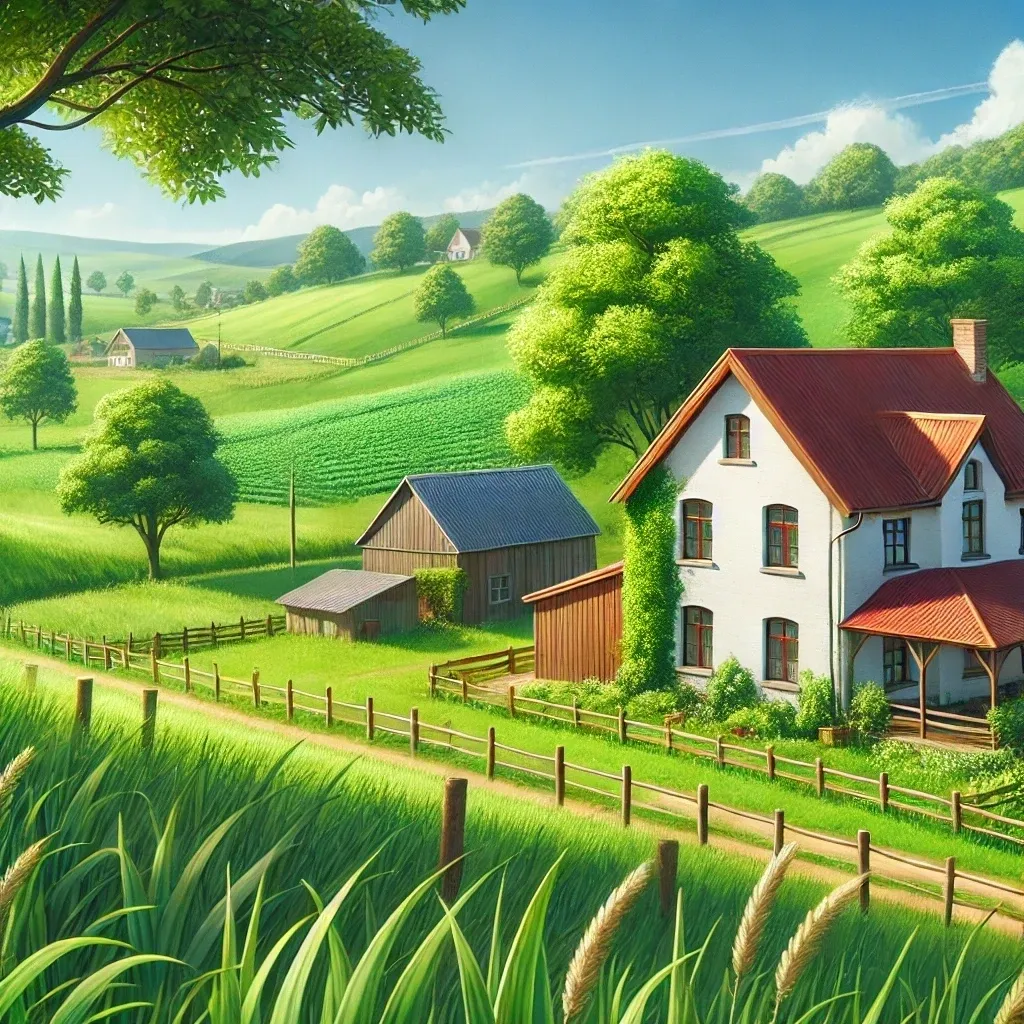The modern farmhouse lifestyle has evolved, blending rustic charm with contemporary conveniences to create a warm, inviting, and stylish way of living. Rooted in simplicity and a connection to nature, this lifestyle combines classic farmhouse elements with new design trends that emphasize sustainability, comfort, and functionality. Here’s a look at the latest trends transforming the farmhouse lifestyle:
1. Eco-Friendly and Sustainable Living
Sustainability is becoming integral to the farmhouse lifestyle. This includes using reclaimed wood for floors and furniture, choosing eco-friendly materials like bamboo or cork, and incorporating energy-efficient lighting and appliances. Solar panels, rainwater harvesting, and composting systems are also popular as homeowners embrace more self-sufficient and eco-conscious living.
2. Open and Functional Floor Plans
While traditional farmhouses often had smaller, compartmentalized rooms, today’s farmhouse designs lean toward open floor plans. Large kitchens that flow into dining and living areas allow for better family interaction and entertaining. Functional spaces like mudrooms, laundry rooms, and pantries are designed for practicality and are often styled with rustic and vintage touches to keep the farmhouse charm intact.
3. Natural Elements and Materials
Bringing the outdoors in is a defining feature of the modern farmhouse lifestyle. Natural materials like wood, stone, and metals are used for everything from exposed beams and cabinetry to countertops and hardware. Stone fireplaces, wooden beams, and vintage-style metal fixtures add character and warmth while creating a cozy, grounded atmosphere.
4. Neutral and Earthy Color Palettes
The farmhouse style is known for its warm and neutral colors, which include shades of white, beige, soft gray, and earthy greens. These palettes provide a serene, natural foundation for interiors, allowing accents like vintage rugs, patterned textiles, and natural wood tones to add warmth and personality to each room.
5. Vintage and Antique Décor
The farmhouse lifestyle appreciates items with history and character. Incorporating vintage and antique décor such as old clocks, iron bed frames, wooden furniture, and distressed finishes adds charm and authenticity to the farmhouse aesthetic. Thrifted and repurposed items are not only eco-friendly but also offer a unique way to style the home with one-of-a-kind finds.
6. Farm-to-Table Living and Home Gardens
Growing your own food and farm-to-table cooking are popular elements of the farmhouse lifestyle. Many homes incorporate kitchen gardens, greenhouses, or even small-scale farming setups. Homeowners are also investing in farmhouse-style kitchens equipped with large islands, open shelving, and farmhouse sinks, making food prep and family gatherings both functional and enjoyable.
7. Outdoor Living Spaces
Farmhouse living emphasizes a strong connection to the outdoors. Spacious porches, patios, and outdoor kitchens allow homeowners to extend their living spaces beyond the home. These areas are often styled with cozy furniture, fire pits, and rustic décor to create a natural flow between indoor and outdoor areas.
8. Modern Rustic Furnishings and Fixtures
While farmhouse style remains rooted in rustic appeal, it has evolved to include modern and minimalist touches. Furniture and fixtures often feature sleek lines, dark metals, and modern lighting, blending a contemporary feel with traditional farmhouse charm. For instance, a minimalist farmhouse bathroom might feature a freestanding tub, matte black fixtures, and wooden vanity, combining rustic textures with a streamlined look.
Today’s farmhouse lifestyle reflects a blend of old-world charm and contemporary sustainability, focusing on creating comfortable, practical, and beautiful spaces that connect with nature. By mixing vintage elements, open floor plans, eco-friendly practices, and modern design, the farmhouse trend remains as timeless as ever while adapting to meet modern-day needs.

